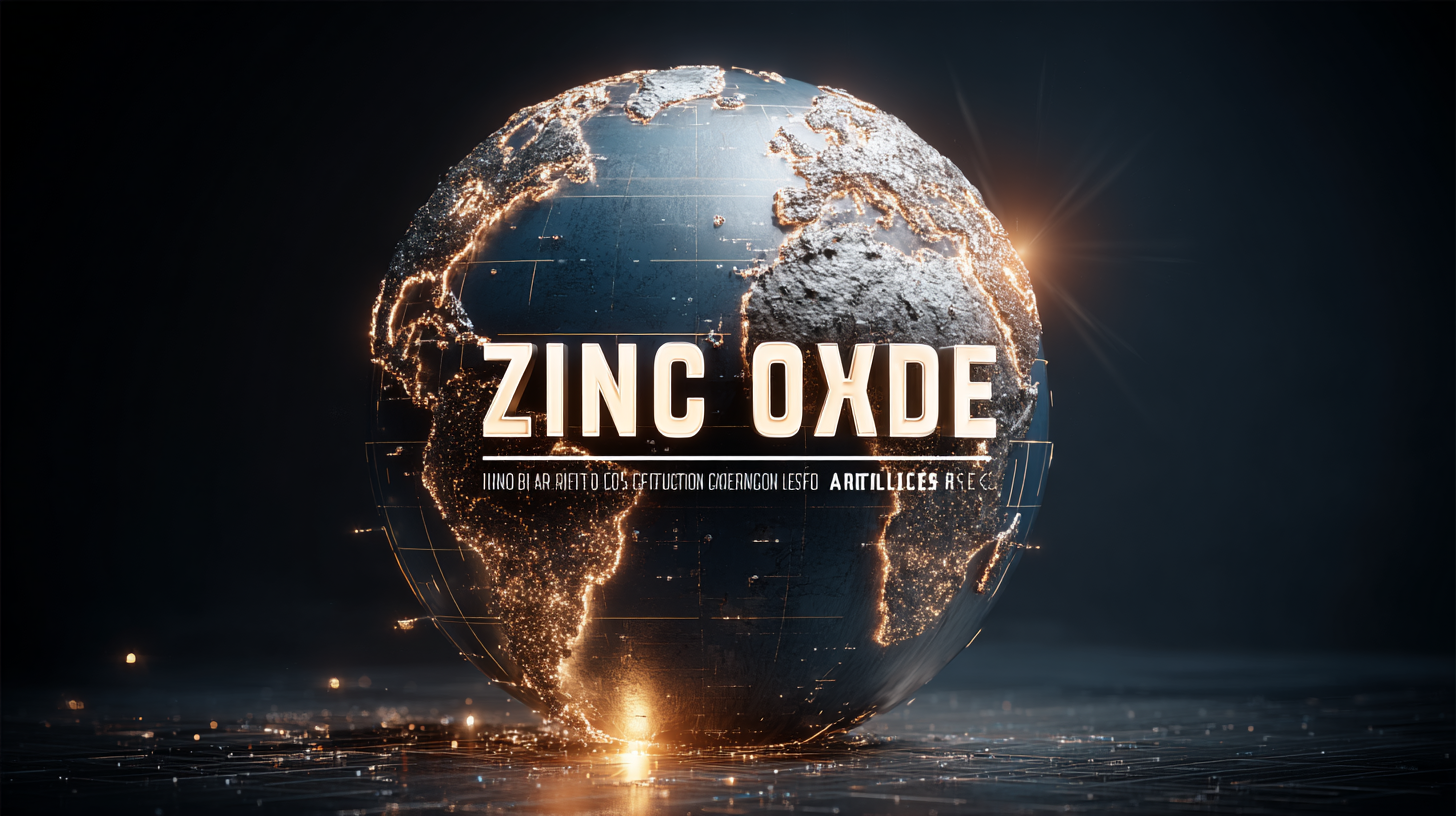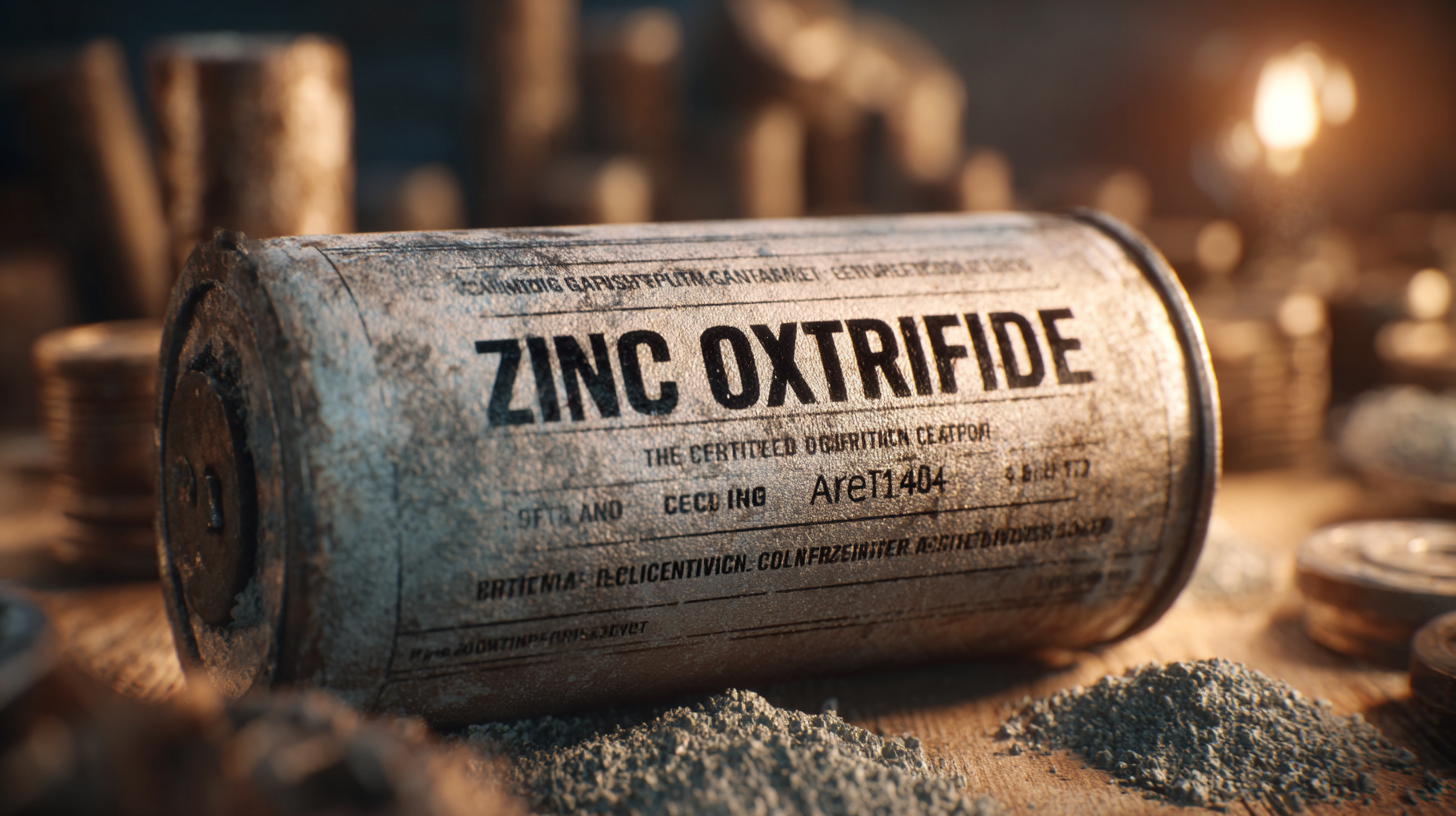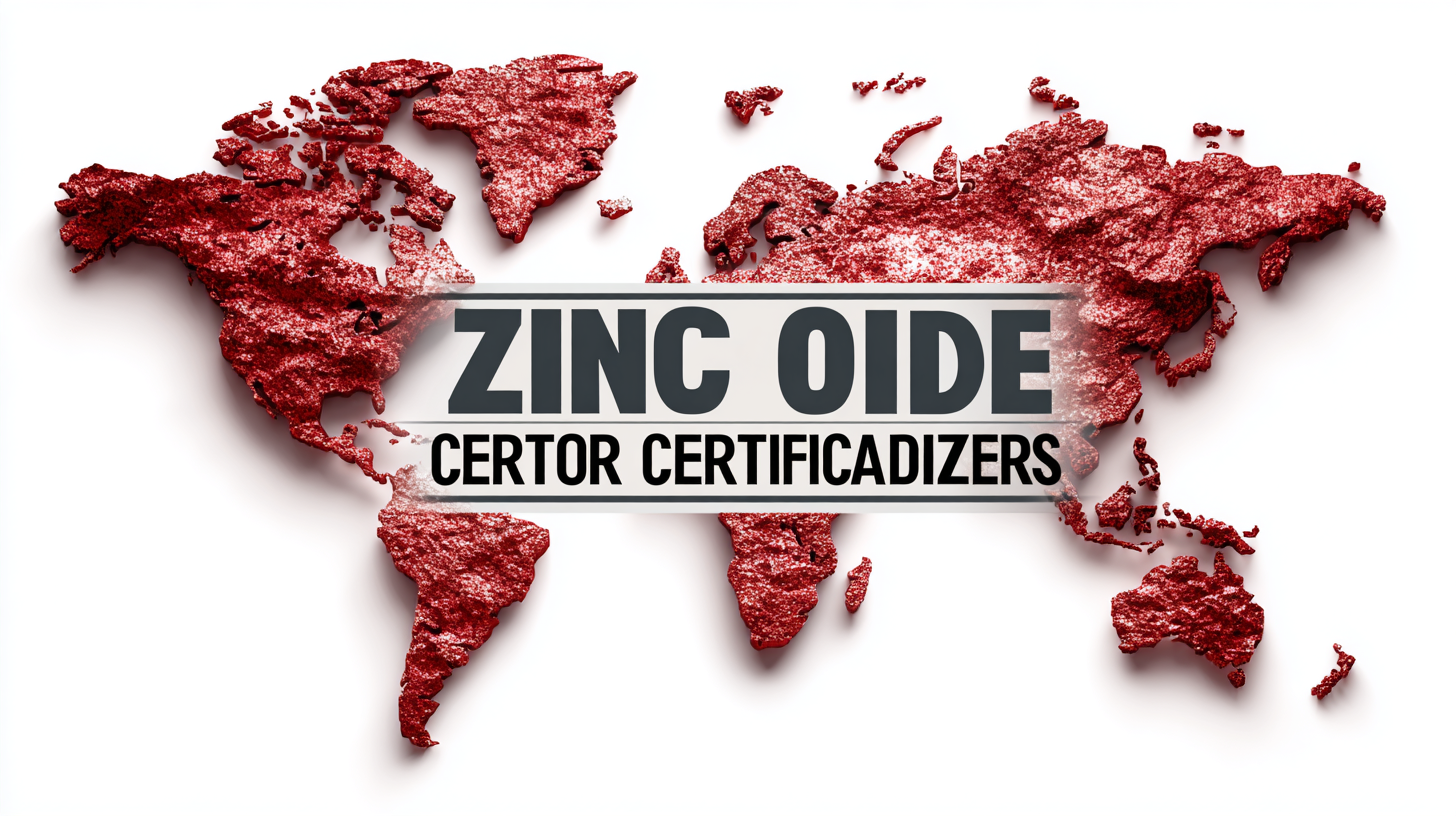
-
Home
-
About Us
-
Products
-
News
-
Blog
-
Contact Us
Leave Your Message

In the ever-evolving landscape of global trade, the demand for high-quality electrical components like the Zinc Oxide Arrester continues to grow, driven by advancements in technology and infrastructure development. As industries strive to enhance their electrical safety mechanisms, understanding the market dynamics surrounding these essential devices becomes crucial. This blog explores the top five export certifications pivotal for manufacturers and exporters of Zinc Oxide Arresters, providing insights into compliance standards that not only ensure product reliability but also enhance market access. By delving into the industry trends projected for 2025, we will illuminate the significance of obtaining the right certifications to unlock new opportunities and foster competitive advantages in the international marketplace. Join us as we navigate the complexities of certification requirements and their impact on the export potential of Zinc Oxide Arresters in a global context.

In the realm of global trade, export certifications play a pivotal role in facilitating the safe and effective exchange of goods, particularly for specialized products such as zinc oxide arresters. These certifications not only ensure compliance with international safety standards but also enhance market credibility, thereby increasing the likelihood of successful entry into various global markets. The global market for white inorganic pigments, a category in which zinc oxide occupies a significant niche, was valued at USD 22.7 billion in 2021 and is projected to reach USD 29.5 billion by 2026, underscoring the growing demand for quality and certified products that meet stringent regulatory requirements.
Countries like Nepal and India are actively engaging in discussions to enhance trade-transit treaties, focusing on improving market access and navigating intellectual property rights (IPR) issues. Such discussions highlight the increasing importance of export certifications as countries aim to streamline and elevate their trade standards. Companies involved in zinc oxide production need to prioritize obtaining relevant export certifications to ensure compliance with international norms and to compete effectively in an ever-evolving market landscape. The emphasis on quality and certification not only benefits the manufacturers but also assures consumers of product reliability and safety.
When evaluating zinc oxide arresters, the importance of after-sales service cannot be overstated. These devices play a crucial role in protecting electrical systems from overvoltage surges, and having reliable support post-purchase is essential for ensuring their effectiveness. A strong after-sales service can significantly enhance user experience by providing prompt assistance in case of installation challenges or equipment failures. Customers should prioritize suppliers that offer robust technical support, comprehensive warranties, and timely maintenance services.
Moreover, the responsiveness of the service team contributes significantly to operational efficiency. In situations where downtime can lead to significant losses, the ability to quickly resolve issues or provide replacement parts can make all the difference. Suppliers that invest in thorough training for their support personnel and ensure they are equipped with the necessary tools to address customer concerns will build stronger relationships with their clients. This, in turn, fosters greater trust and loyalty, setting the stage for a successful long-term partnership in the global zinc oxide arrester market.
Proper maintenance of zinc oxide arresters is crucial for ensuring their longevity and performance in electrical systems. According to a report by the International Electrotechnical Commission (IEC), regular inspection and maintenance can enhance the operational lifespan of these devices by up to 40%. Implementing effective maintenance strategies not only reduces costs but also improves safety and reliability in power distribution networks.

One effective tip for maintaining zinc oxide arresters is to conduct routine visual inspections. Check for any signs of physical damage, such as cracks or corrosion. It’s recommended to perform these inspections at least biannually to identify potential issues early. Additionally, keep the arrester connections clean and secure to prevent electrical malfunctions. Engaging in this proactive approach can significantly reduce the risk of failure during peak load conditions.
Another important maintenance practice involves testing the leakage current of the arresters. The Institute of Electrical and Electronics Engineers (IEEE) suggests that such tests should be conducted annually to verify that the devices are functioning within their specified limits. If any abnormalities are detected, immediate attention should be given to prevent costly outages or equipment damage. Regular maintenance not only fosters efficiency but also contributes to safer electrical infrastructure.
In the evolving landscape of global trade, the need for efficient export certification processes has never been more critical. Digital tools are at the forefront of this transformation, enabling businesses to navigate complex certification requirements with ease. The recent introduction of platforms that unify certification and audit management demonstrates a growing trend towards automation and streamlining processes. For instance, industries are increasingly leveraging these digital solutions to ensure compliance and expedite their go-to-market strategies. Reports indicate that companies that adopt such tools can reduce certification timelines by as much as 30%, thus enhancing their competitiveness in the global market.
Moreover, as nations pursue ambitious export goals, the role of digital tools in managing trade regulations becomes paramount. A notable example is the push for streamlined customs procedures across jurisdictions, which has become pivotal for companies aiming to attain Authorized Economic Operator (AEO) status. The implementation of AI-driven data extraction tools further supports this initiative, allowing firms to convert vast data sources into structured, actionable insights. By 2025, it's projected that businesses utilizing digital tools for compliance will enhance their operational efficiency significantly, ultimately driving growth in sectors reliant on swift certification processes, including zinc oxide arresters.
| Certification Name | Issuing Authority | Validity Period | Cost (Estimated) | Key Benefits |
|---|---|---|---|---|
| ISO 9001 | International Organization for Standardization | 3 Years | $1,500 | Quality management improvement |
| CE Marking | European Commission | Indefinite (reviewed periodically) | $2,000 | Market access in Europe |
| RoHS Compliance | Various National Authorities | Indefinite | $800 | Restriction of hazardous substances |
| IEC 61000 | International Electrotechnical Commission | 3 Years | $1,200 | Electromagnetic compatibility |
| UL Certification | Underwriters Laboratories | 3 Years | $2,500 | Safety and performance assurance |
In the increasingly competitive landscape of global trade, exporters of zinc oxide arresters must leverage the right certifications to maximize profitability. According to a recent market analysis by MarketsandMarkets, the global zinc oxide market is projected to reach $5.6 billion by 2027, growing at a CAGR of 6.1% from 2022 to 2027. This growth presents a significant opportunity for manufacturers who can effectively navigate export certification processes.
Strategic export certification choices can impact market access and enhance the trustworthiness of zinc oxide arresters in foreign markets. For instance, obtaining certifications such as ISO 9001 for quality management and CE marking for compliance with European standards can not only expand market reach but also increase customer confidence. A report by Statista indicates that over 30% of international consumers consider product certification a vital factor in their purchasing decisions. Thus, investing in the right export certifications can lead to a measurable increase in sales volumes and profit margins, positioning exporters at a significant advantage in a crowded marketplace.
